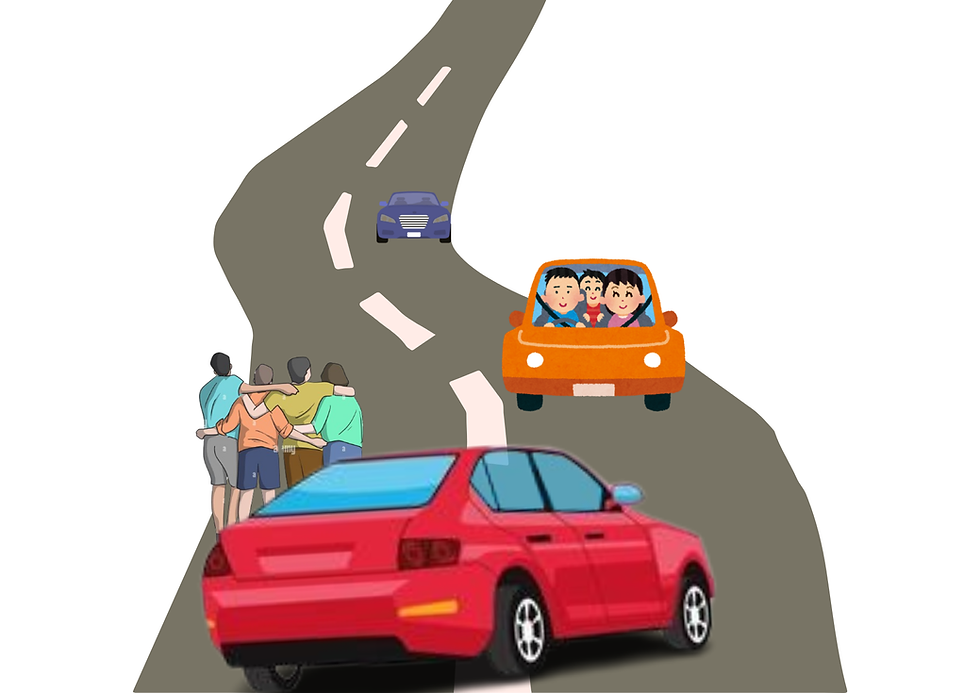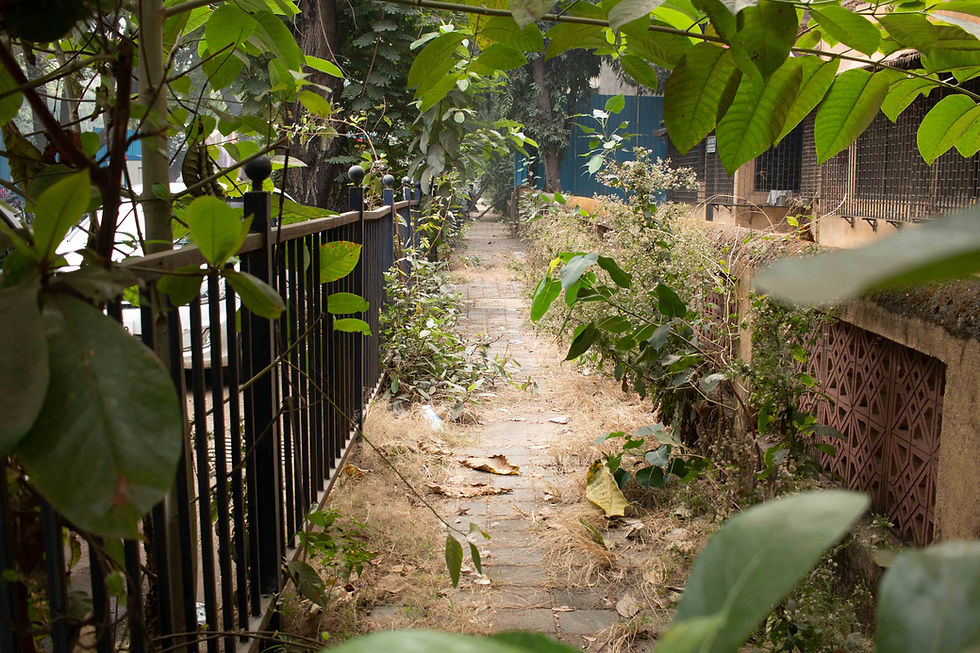Thoda jagah banana
- Neel Ghelani
- Jun 4, 2023
- 4 min read
Updated: Jun 4, 2023

My journey with local trains started in 2013 when I began going to college. For the first 3 months, I travelled in the first-class compartment. Waiting for friends, taking the fixed 11:37 am train for college, returning back from the 6:14 pm train, became the norm. After few days, the 11:37 train became 11:45, then 11:52, and gradually the 12:11 pm train. As days passed, we started becoming flexible or would rather say ‘late’. But the 6:14 train was still the deadline, you couldn’t afford to miss that train because after that the crowds would increase. Until the day we actually did. We got a few minutes late and missed the train. 6:22 passed, then another train went. The gatekeepers of first-class denied us entry into the next 5-6 trains. That day, the second-class compartment crowd waiting with us became our saviour. We had always heard of this phenomenon but experienced it then for the very first time. We were standing with the crowd waiting for the train, looked to our left and saw the train approaching the platform, took our bags in the front, went two steps behind, the train stopped, and in a blink, without even forcing our body, we were inside the train; everyone in the crowd was in sync.
That day we realized that there was not much difference between first and second-class compartments during rush hours. In fact, we observed there were times when the second class looked less crowded than the first class. After 3 months, we shifted to second class and never thought of returning to first class. Soon, a new world opened up. A world that didn’t give a look when your shoulders accidentally touched them, a world that taught us that there was always little more space, a world that adjusted rather than securing comfort, a world that constantly and desperately says, “Bhai, thoda jagah banana.’’
‘’Jagah kaha hai?” will be your first reaction when you are new to second class and one of the 3 sitting in a 3 seater seat and someone asks you to shift, but you will soon realize that this is the most important feature of a second class coach. ‘The Fourth Seat’ is the reason why second-class coaches sometimes look less crowded than first-class coaches. There is no right way of sitting on the fourth seat, it is like playing Tetris, you adjust your bum according to the space available. There have been times when you don’t even have to ask people to make space, it is already there. There have also been times when there are 3 people sitting on one seat and 4 on the opposite seat and 1 out of the 3 gets up and leaves a place vacant for the fourth person seating opposite, but by that time that person has made himself so comfortable that he doesn’t feel the need to shift.

COVID was the first time Mumbai local trains were forced to halt their operations for a long time. Since then, something inside the second-class coaches has changed. To be more precise, something in people has changed and it has very little or nothing to do with being aware or conscious about ‘Social Distancing’. We have become so addicted to our favorite web series, shows, and cricket matches that we have stopped looking up or even sideways. We are so immersed in our phones that we hardly know what’s going around us, which station have we crossed, what music is the blind flute player playing, etc.
Nowadays, when you tell people “Thoda jagah banana”, they give a look that you would expect in first-class coaches, no one is willingly adjusting. Fourth seat is not a way of showing sympathy to others, it is a way of showing empathy. Sadly, we have stopped being empathetic. The times when you would see a tired person standing and make space for them or at least feel sympathy towards them or even look upwards are gone. ☹

In the central railway line of Mumbai, there is an unwritten rule followed by the people travelling from CST to Badlapur in the rush hours(journey of around 2 hours, very tiring after leaving from office/work) passengers who get a seat from CST will compulsorily stand up for the ones who also boarded the train from CST but didn’t get to sit, at Thane(Thane is kind of a midpoint). People understand that standing for 2 long hours after working for 8-10 hours in the office gets very tiring, and this unwritten rule came out of empathy and also a feeling that they were lucky today to get a seat from CST and tomorrow they might not.
Helping someone is like a chain, if one does it, the chance that others will also follow increases. Try switching off the fans of the train when the last station comes, there will be others too who will start doing it. Try making space for the fourth seater; others will follow suit. Contrary to what I said earlier, we haven’t stopped being empathetic, it’s just that we have to keep on reminding people again and again.
Helped in reviewing and editing the blog : Nafisa Hathiari and Jash Shah






Good to know that there a few who notice things that usually go unnoticed.
And as someone who shares the love for Mumbai local trains, I'd say it's quite beautifully expressed with nothing but raw and real feels.
Looking forward to read more from you! :)
Wow, felt that that transition from 1st class to 2nd was like an eye-opener.
Raw facts
Unnoticed things
Clearly said ❤️
Amazing! keep expressing Mumbai the way you do it, effortless and beautiful. Kudos!!!!